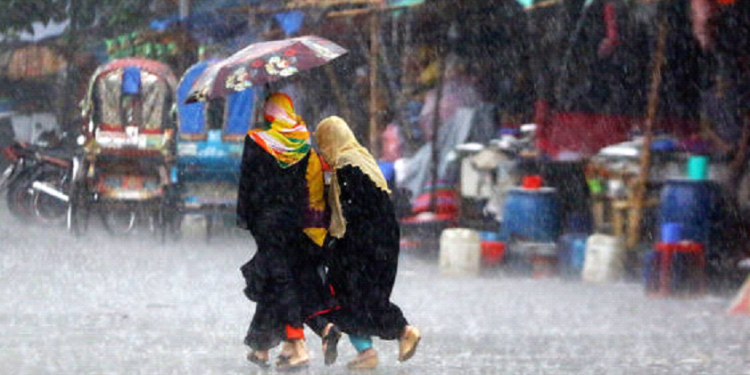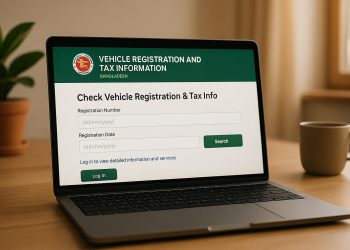Stay safe on the roads during Bangladesh’s monsoon season. Learn essential monsoon driving tips in Bangladesh, covering slippery roads, reduced visibility, and vehicle preparation.
How to Drive Safely During the Monsoon Season in Bangladesh
The monsoon season in Bangladesh, typically lasting from June to October, brings heavy rainfall, flooded roads, and challenging driving conditions. Ensuring your safety and the safety of others requires extra caution and preparedness. These monsoon driving tips Bangladesh will help you navigate the roads safely during this wet and often unpredictable time.
Prepare Your Vehicle
Before the monsoon season hits its peak, ensure your vehicle is in optimal condition:
⦁ Tires: Check your tire tread depth. Worn-out tires have significantly reduced grip on wet surfaces, increasing the risk of hydroplaning. Ensure your tires are properly inflated to the manufacturer’s recommended pressure.
⦁ Brakes: Have your brakes inspected by a mechanic. Ensure the brake pads, rotors, and brake fluid are in good condition. Responsive brakes are crucial in wet conditions.
⦁ Wiper Blades: Replace worn-out wiper blades. They should clear your windshield effectively without streaking. Consider using rain-repellent windshield treatment for improved visibility.
⦁ Lights: Verify that all your lights (headlights, taillights, brake lights, fog lights, and turn signals) are working correctly. Replace any burned-out bulbs.
⦁ Battery: Ensure your battery is in good condition and the terminals are clean.
Driving Techniques for Wet Conditions
Adjusting your driving habits is paramount during the monsoon:
⦁ Reduce Speed: The most important rule. Slow down significantly, especially on wet roads. Reduced speed gives you more time to react and reduces the risk of skidding.
⦁ Increase Following Distance: Maintain a much larger following distance than usual. Wet roads dramatically increase braking distances. The “three-second rule” should be extended to six or even eight seconds.
⦁ Avoid Sudden Movements: Make smooth, gradual turns, lane changes, and braking maneuvers. Sudden movements can cause loss of control on slippery surfaces.
⦁ Use Headlights: Turn on your headlights, even during the day. This improves your visibility to other drivers. Use low beams in heavy rain to avoid dazzling oncoming traffic. Fog lights can be helpful in dense fog, but avoid using high beams.
⦁ Be Aware of Hydroplaning: Hydroplaning occurs when a layer of water builds up between your tires and the road surface, causing 1 loss of traction. If you feel your car hydroplaning, ease off the accelerator, do not brake suddenly, and steer gently in the direction you want to go.
⦁ Turn on Your Hazard Lights if necessary: If visibility is severely reduced, or if traffic comes to a near halt, activate your hazard lights to alert other drivers to your presence.
Navigating Flooded Roads
⦁ Avoid Driving Through Deep Water: If possible, avoid driving through flooded roads altogether. It’s difficult to judge the depth of the water, and you risk damaging your engine or getting stranded.
⦁ If You Must Proceed: If you absolutely must drive through standing water, proceed very slowly in a low gear. Keep the engine revs slightly elevated to prevent water from entering the exhaust pipe. After driving through water, test your brakes gently to ensure they are working properly.
⦁ Be Cautious of Potholes: Potholes are prevalent on Bangladesh roads and become even more dangerous when hidden by floodwater.
Following these monsoon driving tips Bangladesh will significantly improve your safety during the rainy season. Remember, patience and caution are your best allies on wet roads.
What other safety precautions do you take during the monsoon? Share your tips in the comments!




